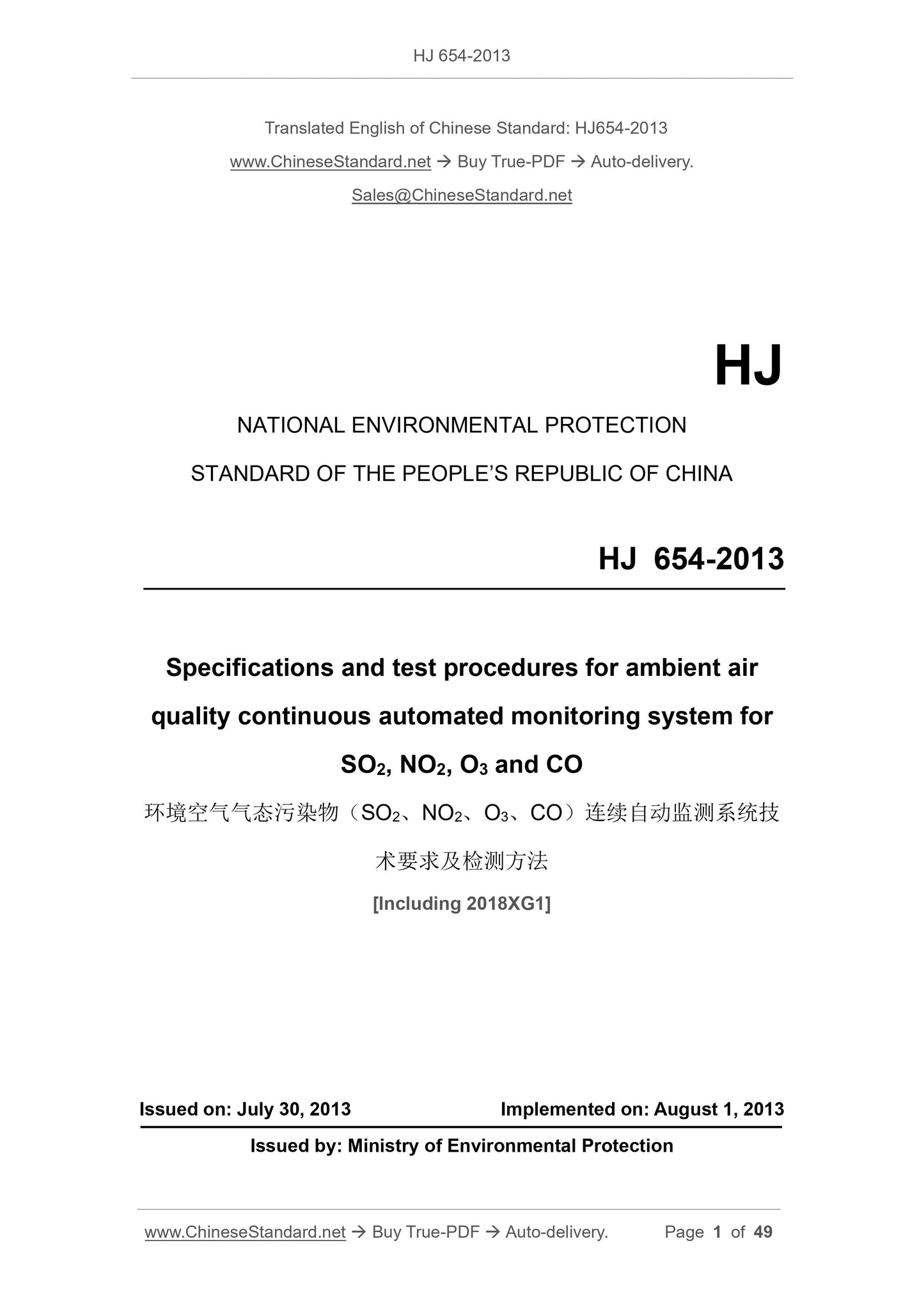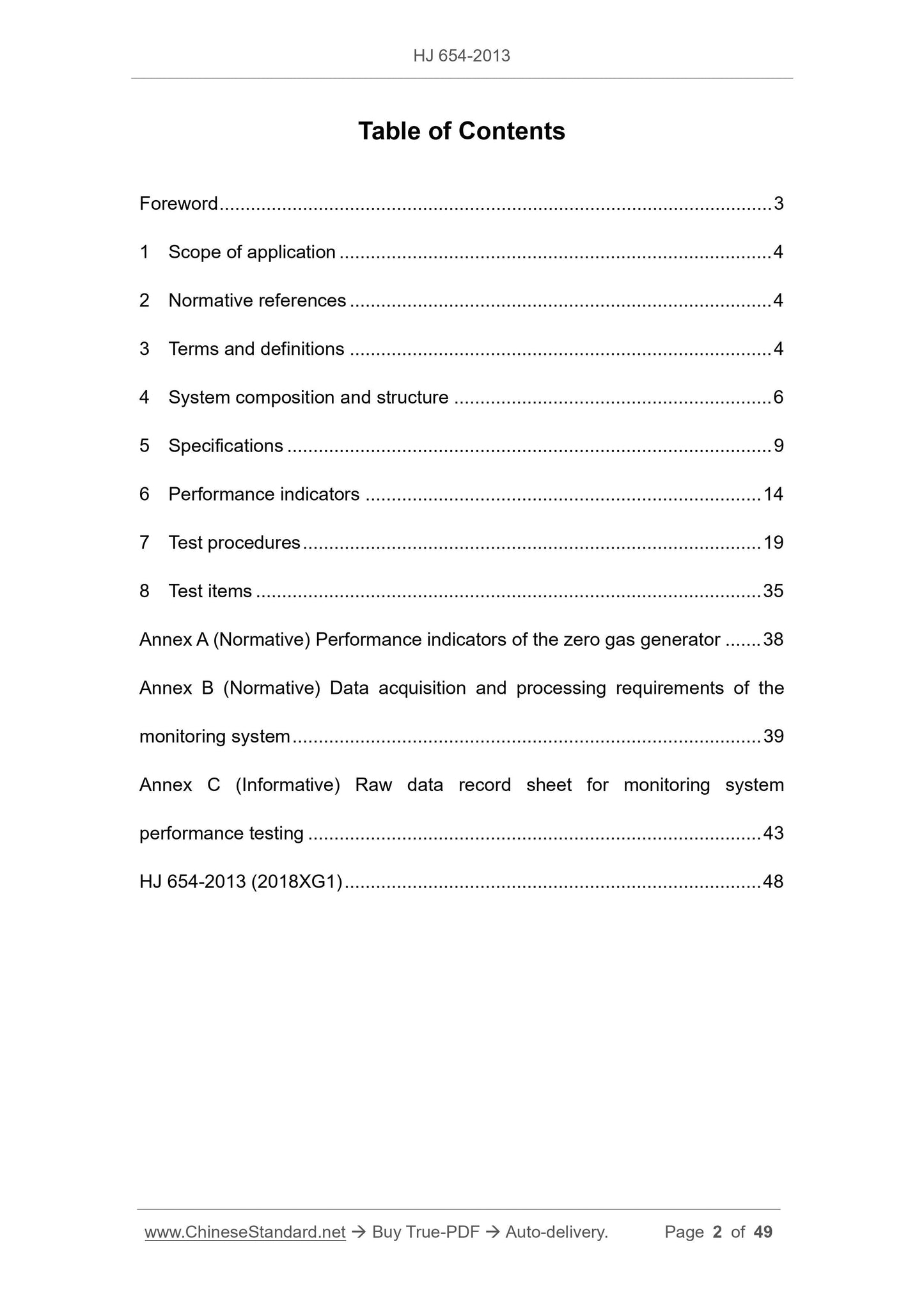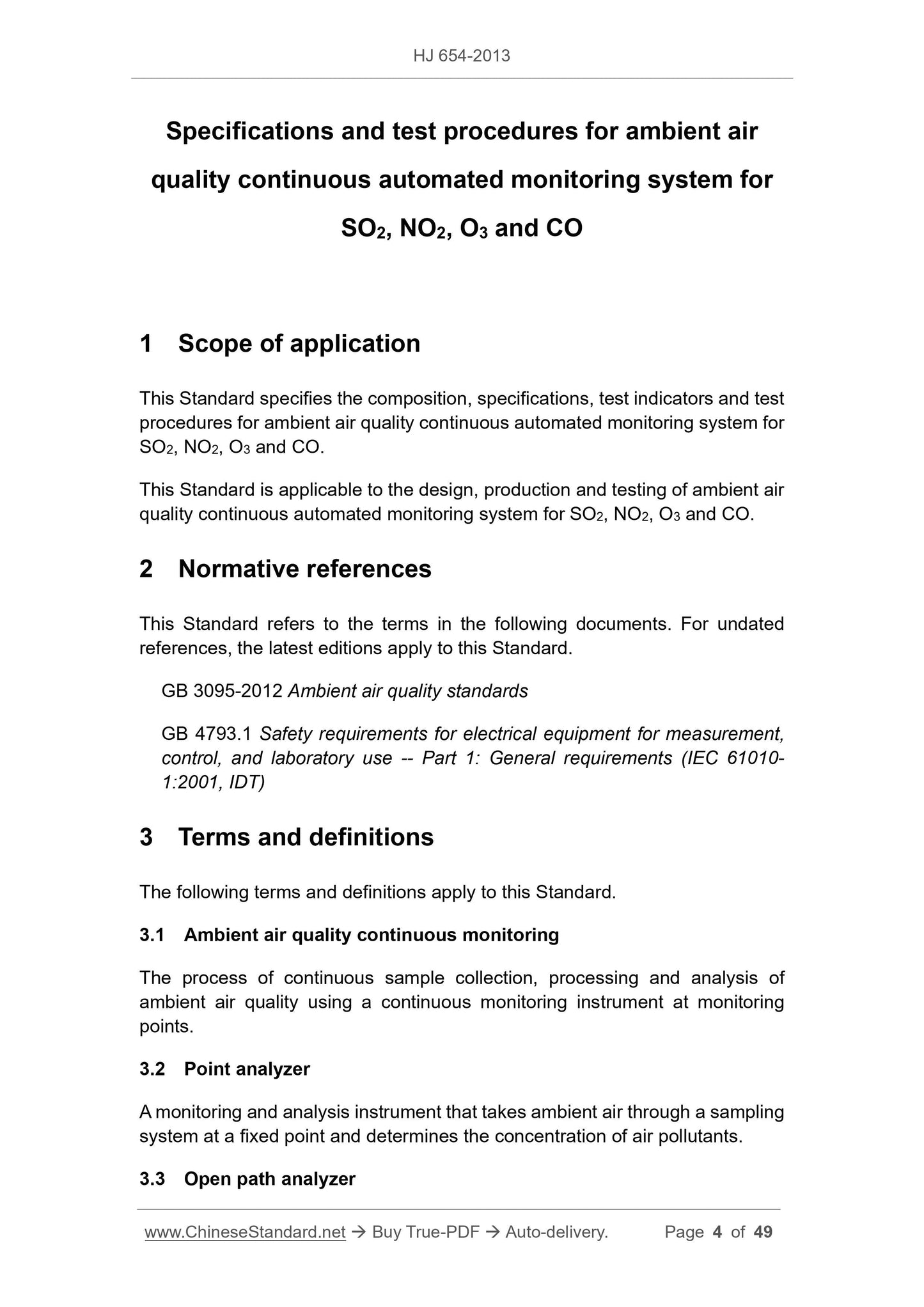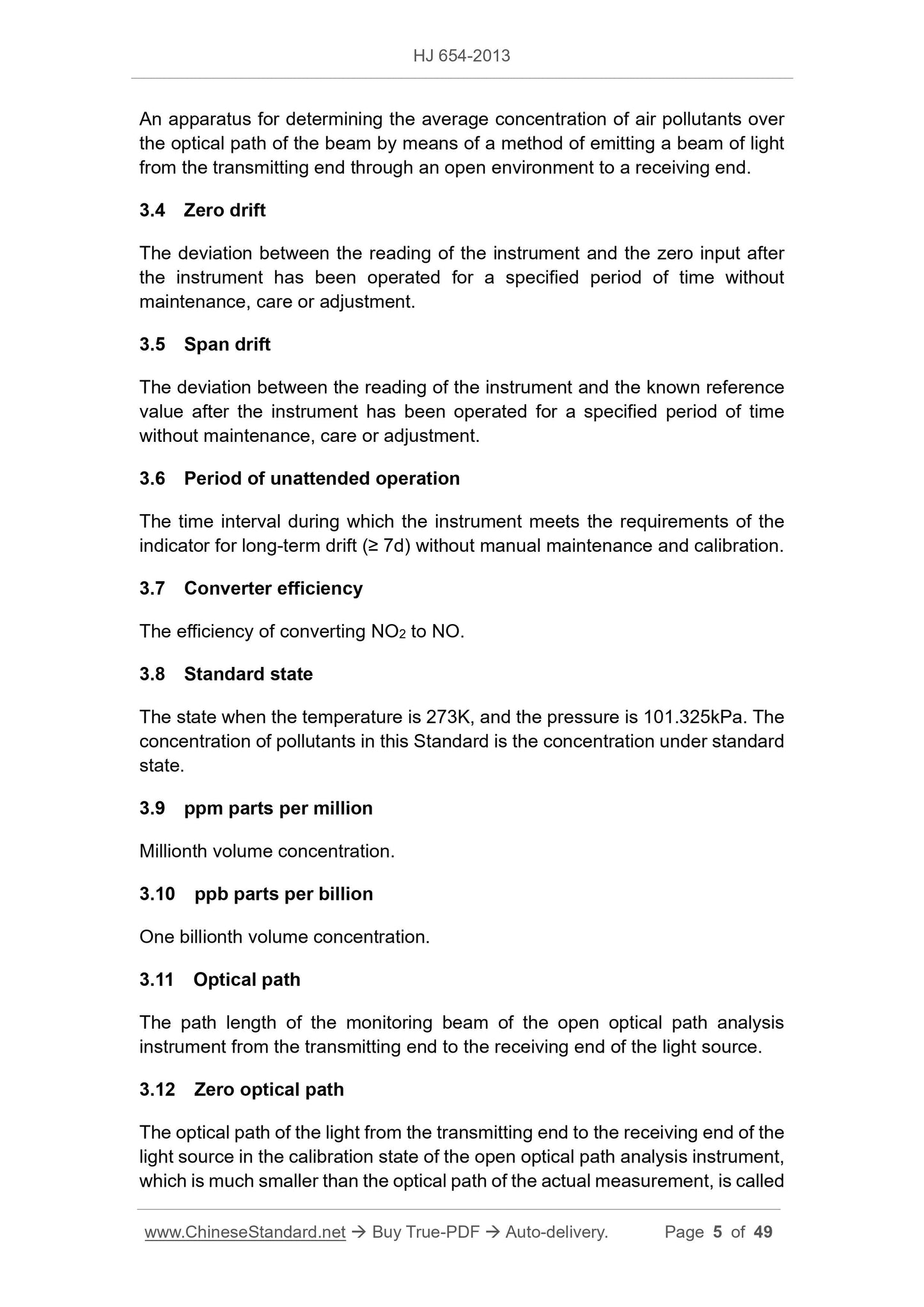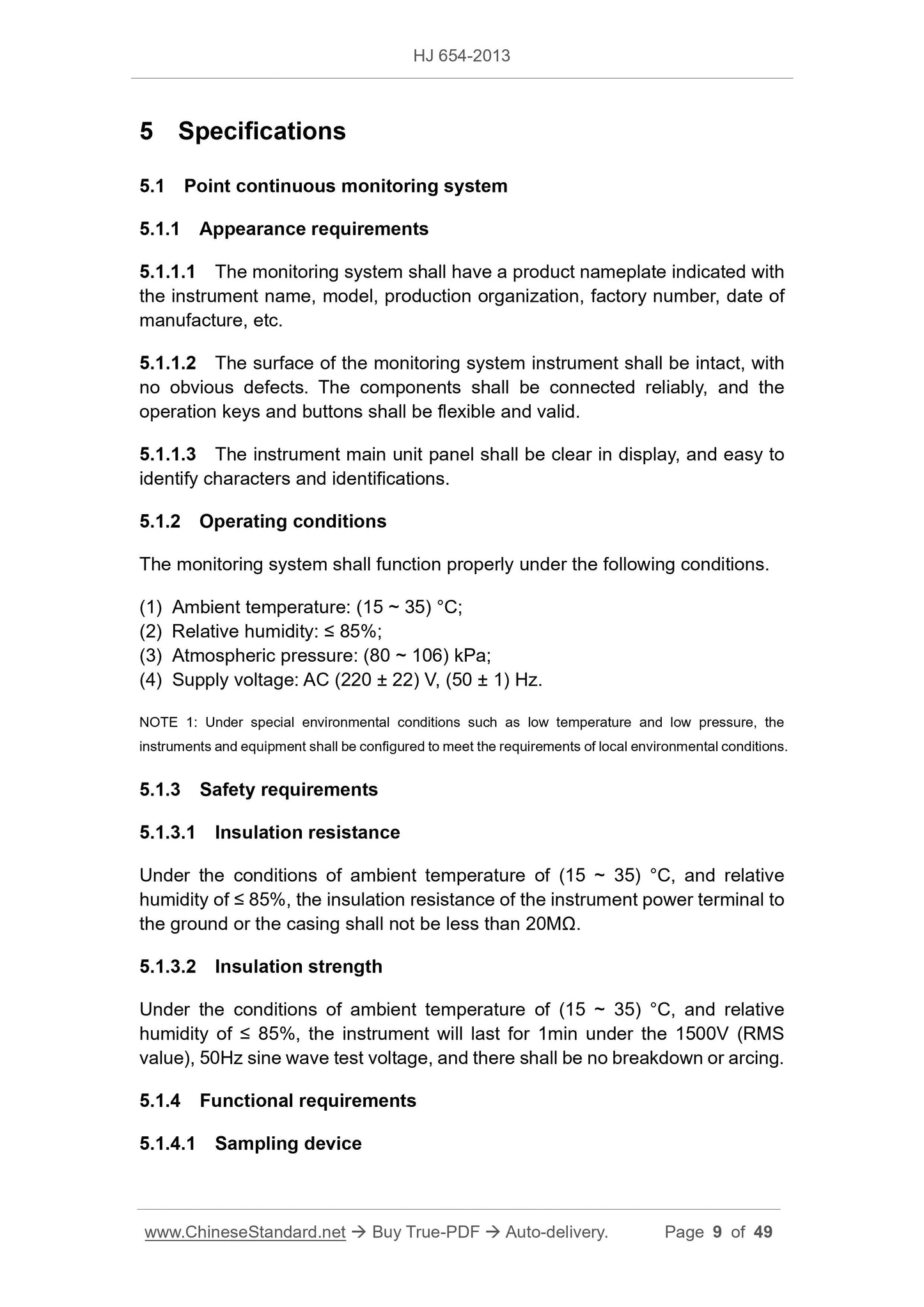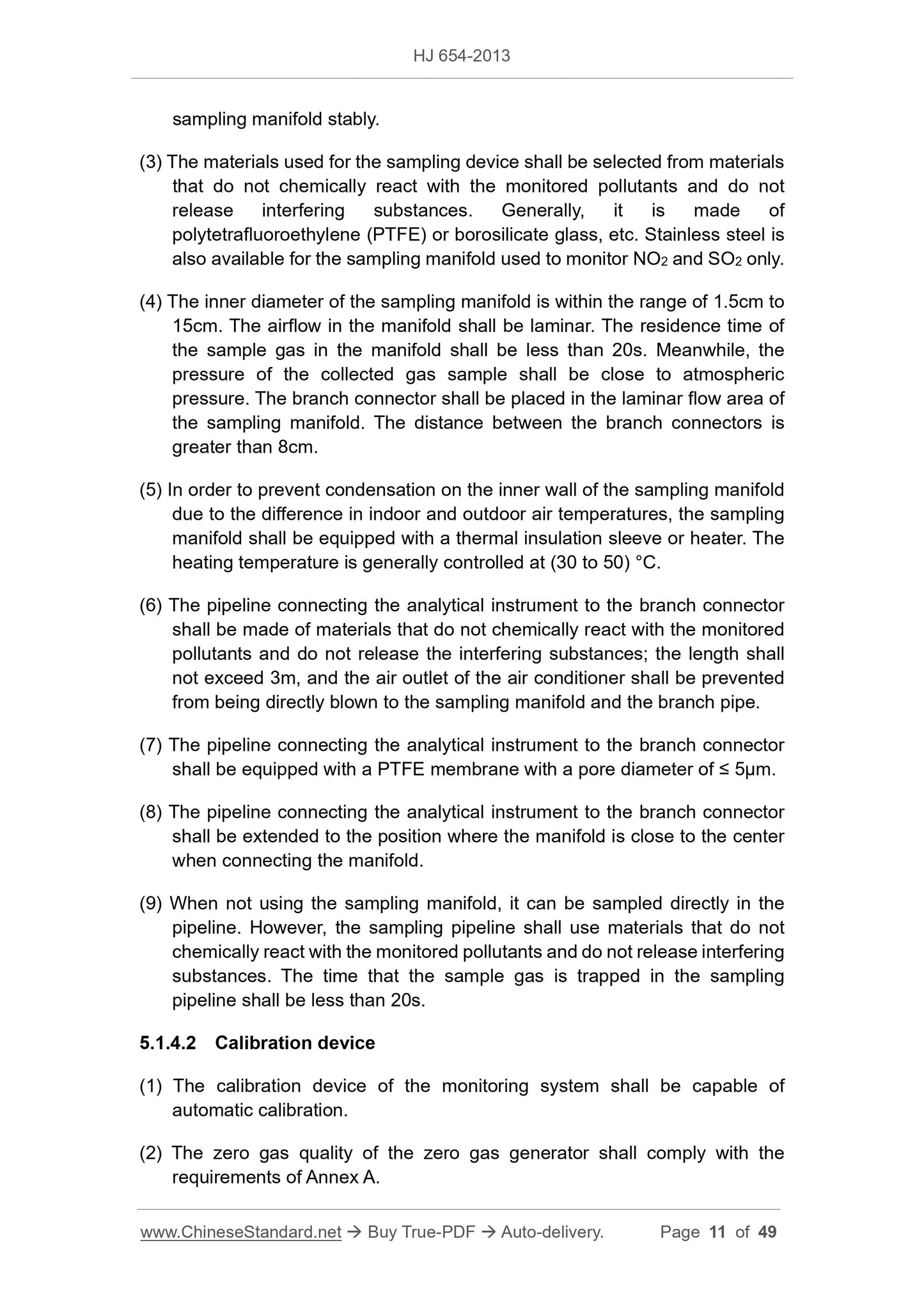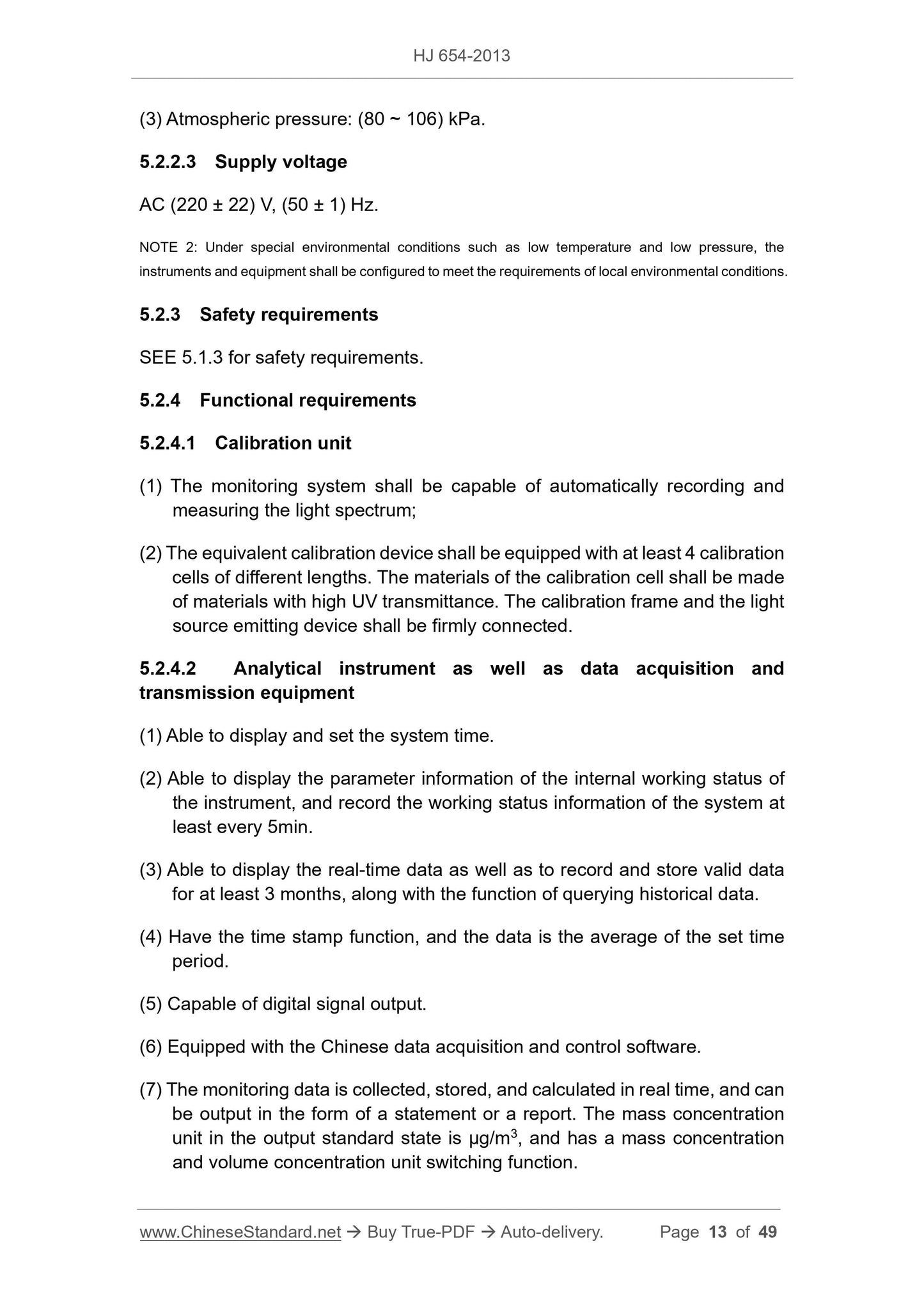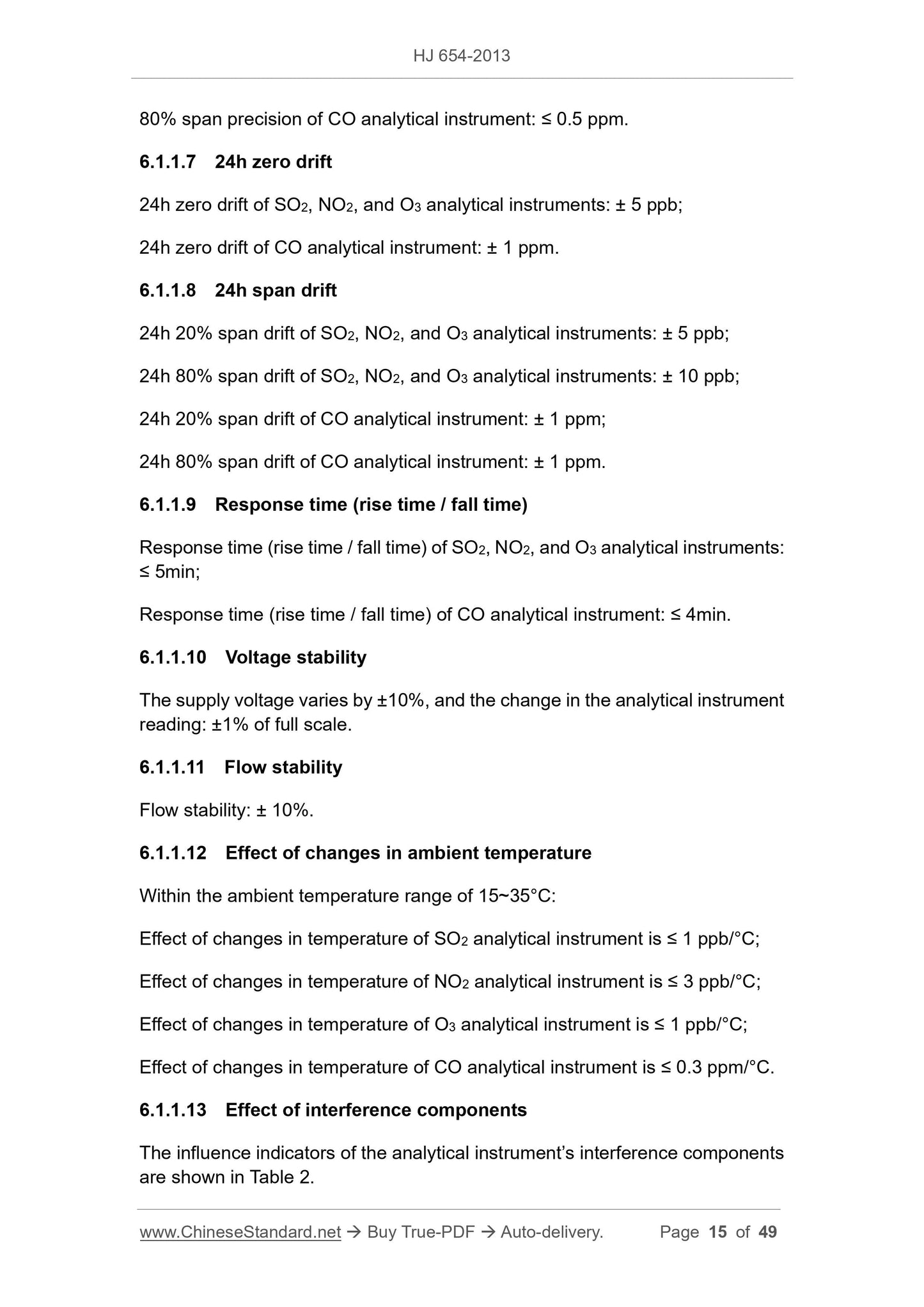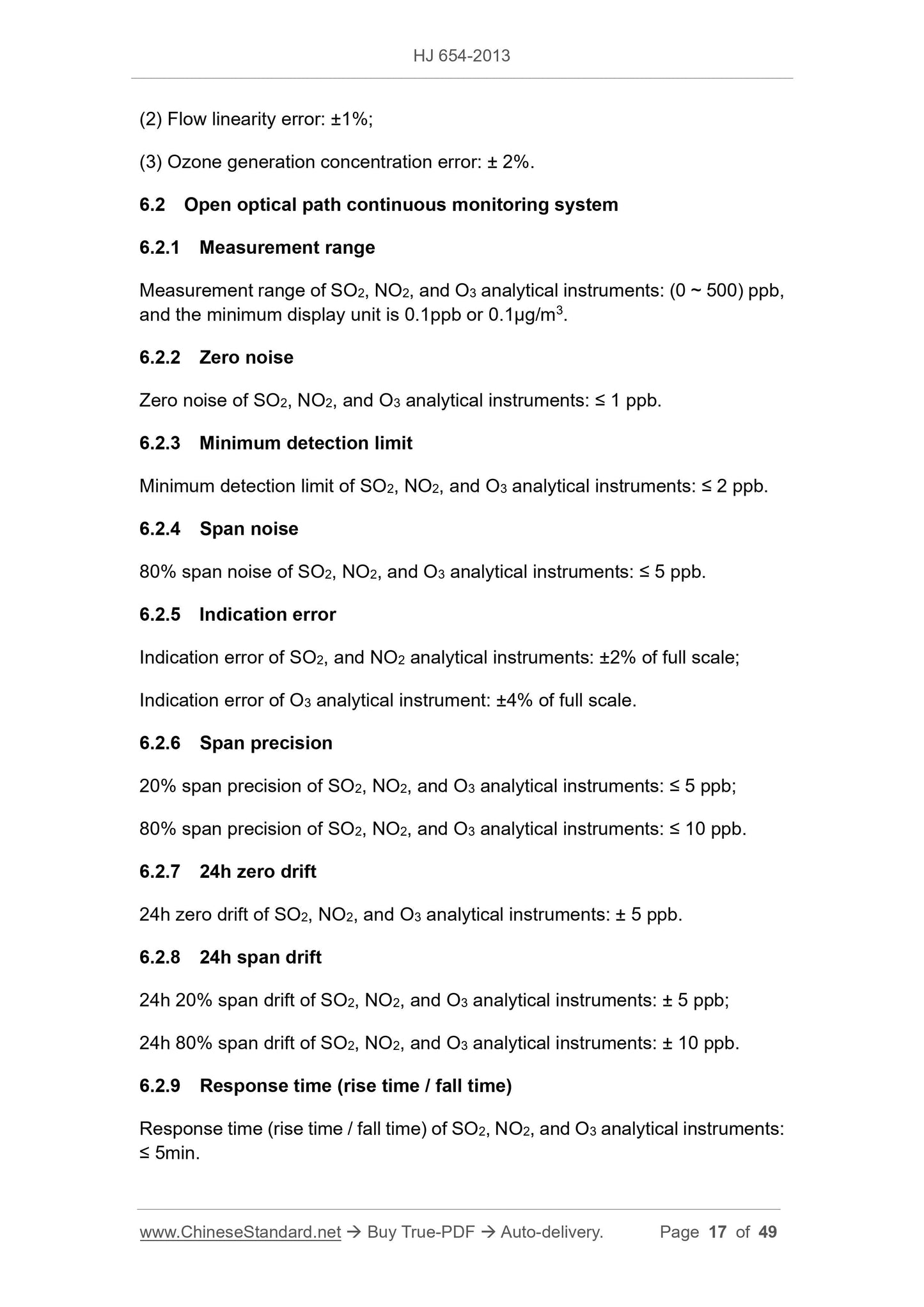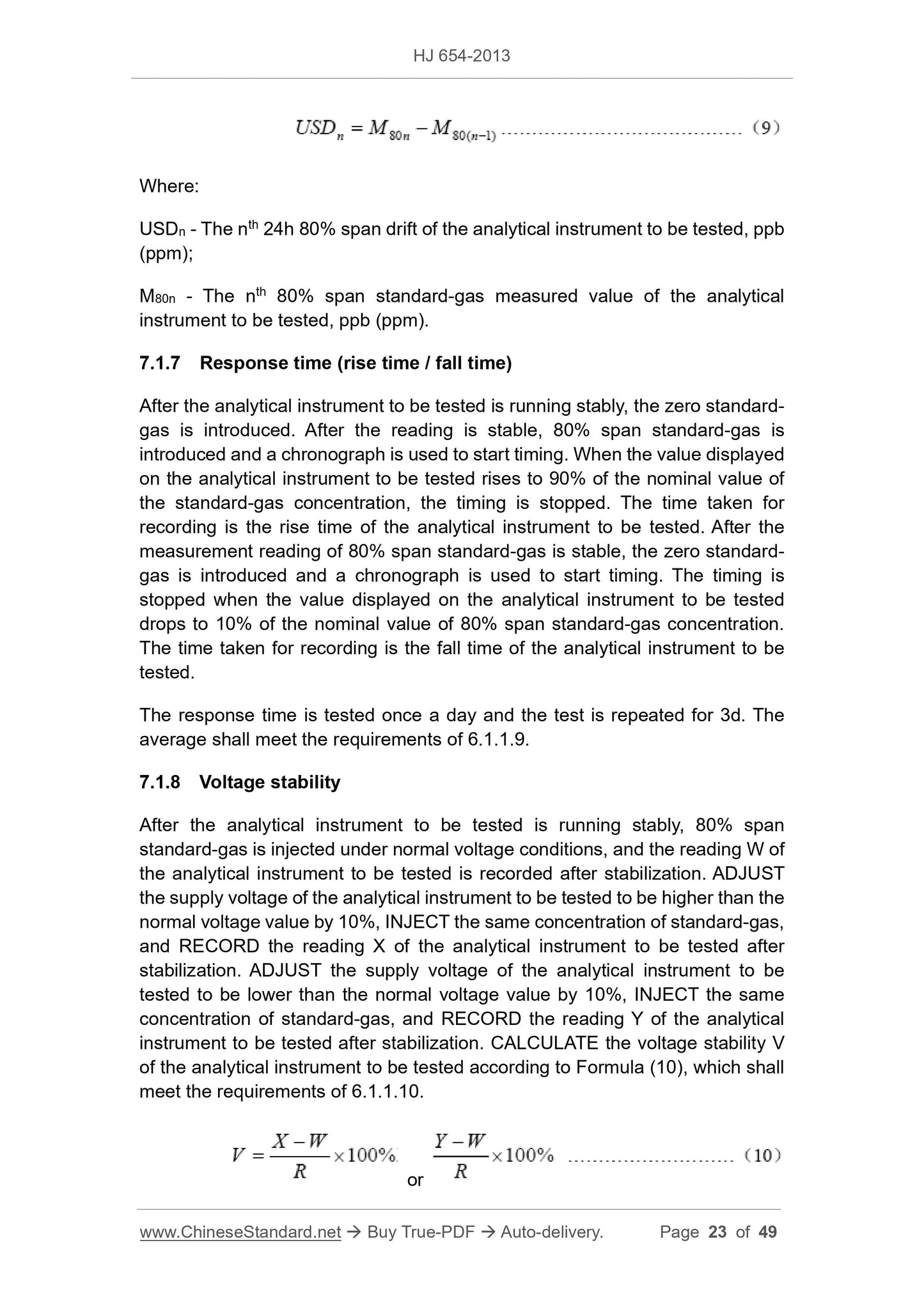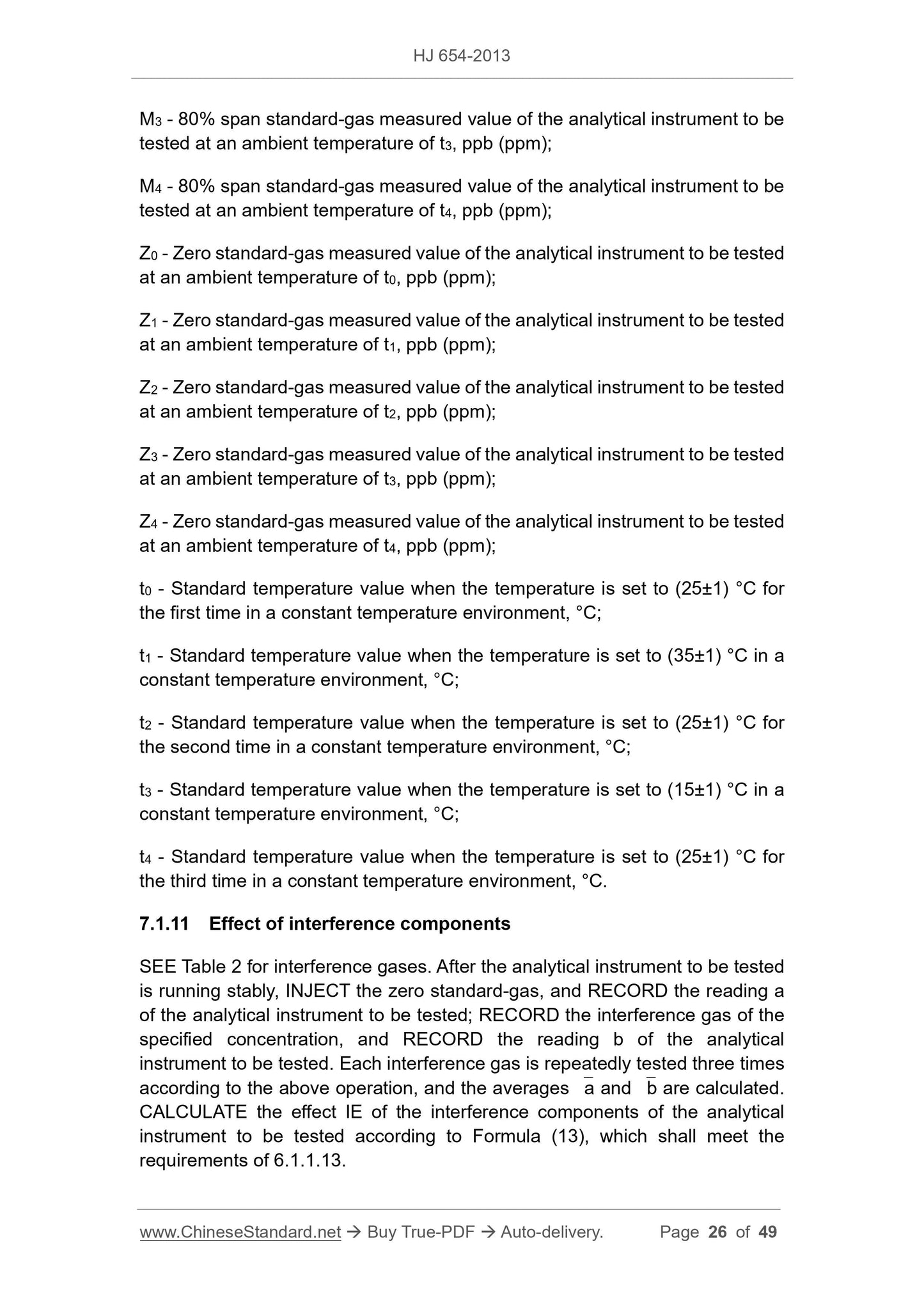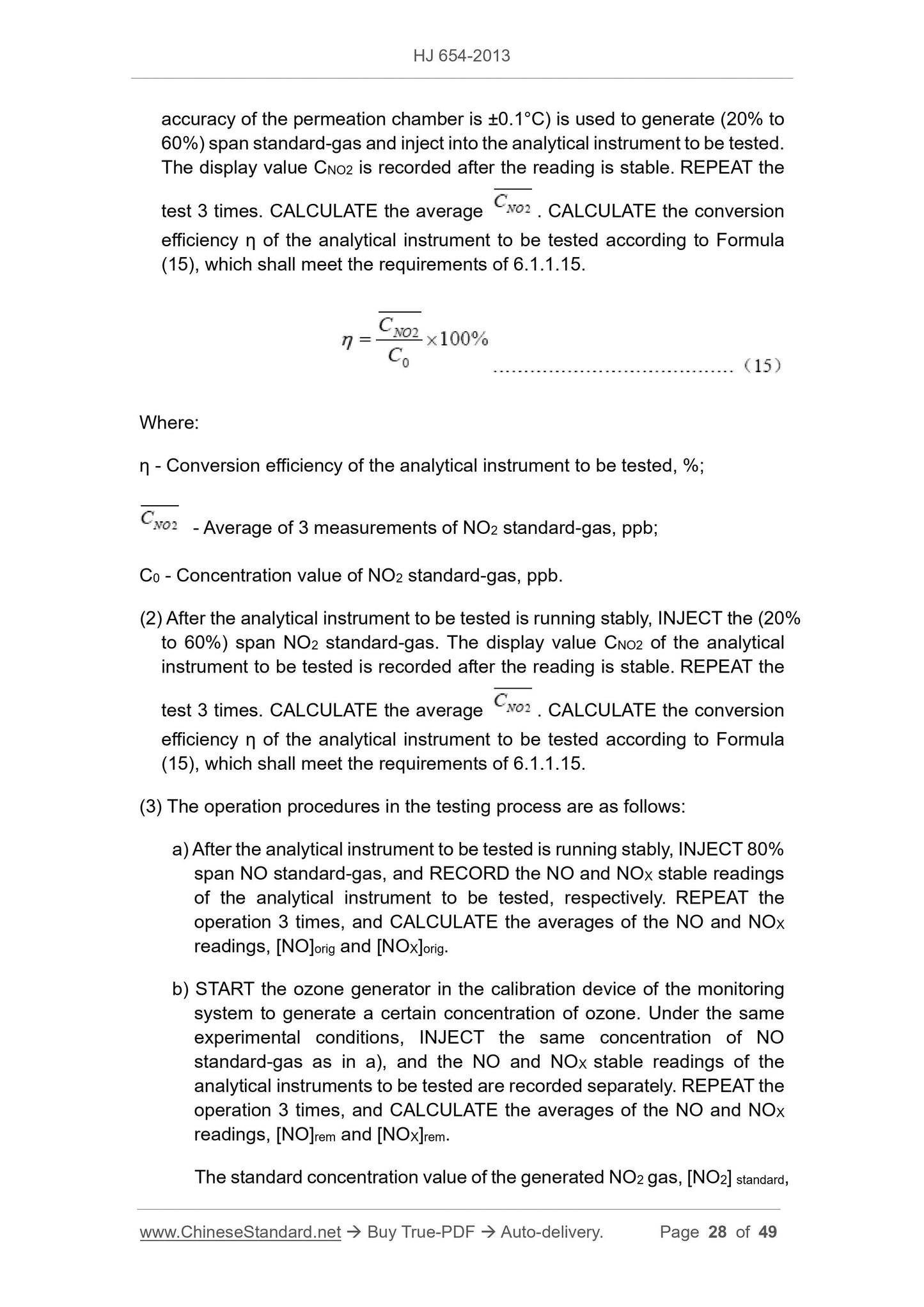1
/
of
12
www.ChineseStandard.us -- Field Test Asia Pte. Ltd.
HJ 654-2013 English PDF
HJ 654-2013 English PDF
Regular price
$430.00
Regular price
Sale price
$430.00
Unit price
/
per
Shipping calculated at checkout.
Couldn't load pickup availability
HJ 654-2013: Specifications and test procedures for ambient air quality continuous automated monitoring system for SO2, NO2, O3 and CO
Delivery: 9 seconds. Download (and Email) true-PDF + Invoice.Get Quotation: Click HJ 654-2013 (Self-service in 1-minute)
Newer / historical versions: HJ 654-2013
Preview True-PDF
Scope
This Standard specifies the composition, specifications, test indicators and testprocedures for ambient air quality continuous automated monitoring system for
SO2, NO2, O3 and CO.
This Standard is applicable to the design, production and testing of ambient air
quality continuous automated monitoring system for SO2, NO2, O3 and CO.
Basic Data
| Standard ID | HJ 654-2013 (HJ654-2013) |
| Description (Translated English) | Specifications and test procedures for ambient air quality continuous automated monitoring system for SO2, NO2, O3 and CO |
| Sector / Industry | Environmental Protection Industry Standard |
| Classification of Chinese Standard | Z15 |
| Classification of International Standard | 13.040.20 |
| Word Count Estimation | 32,345 |
| Quoted Standard | GB 3095-2012; GB 4793.1 |
| Regulation (derived from) | Department of Environmental Protection Notice No. 48 of 2013; |
| Issuing agency(ies) | Ministry of Ecology and Environment |
| Summary | This standard specifies: structure, technical requirements, performance metrics and test methods ambient air gaseous pollutants (SO2, NO2, O3, CO) continuous automatic monitoring system components. This standard applies to the ambient air of gaseous pollu |
Share
